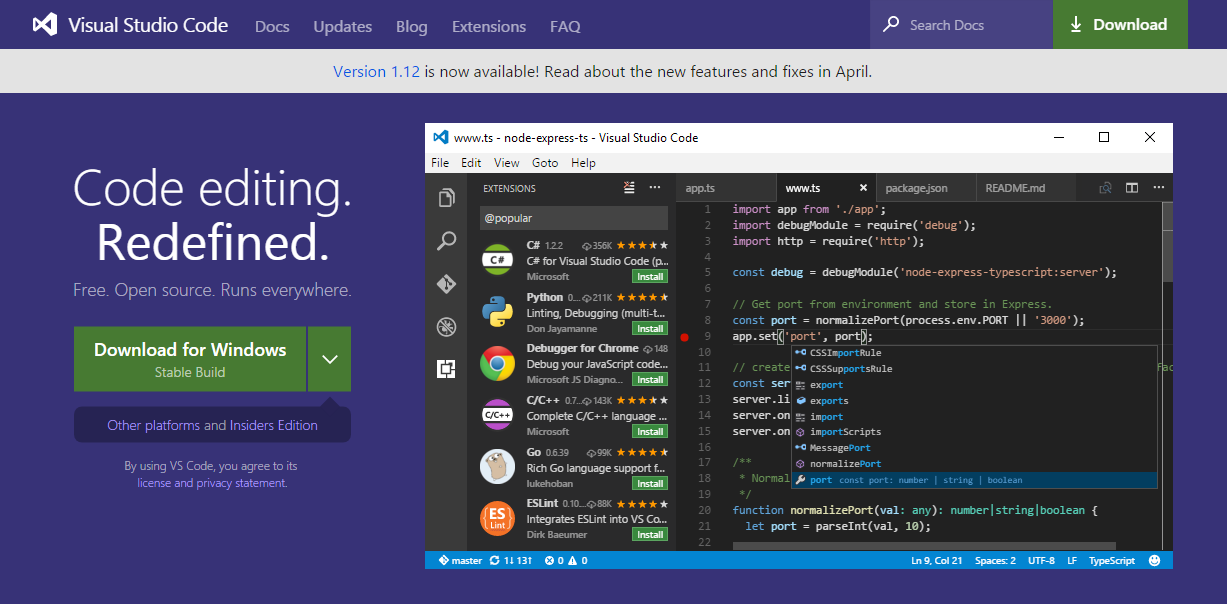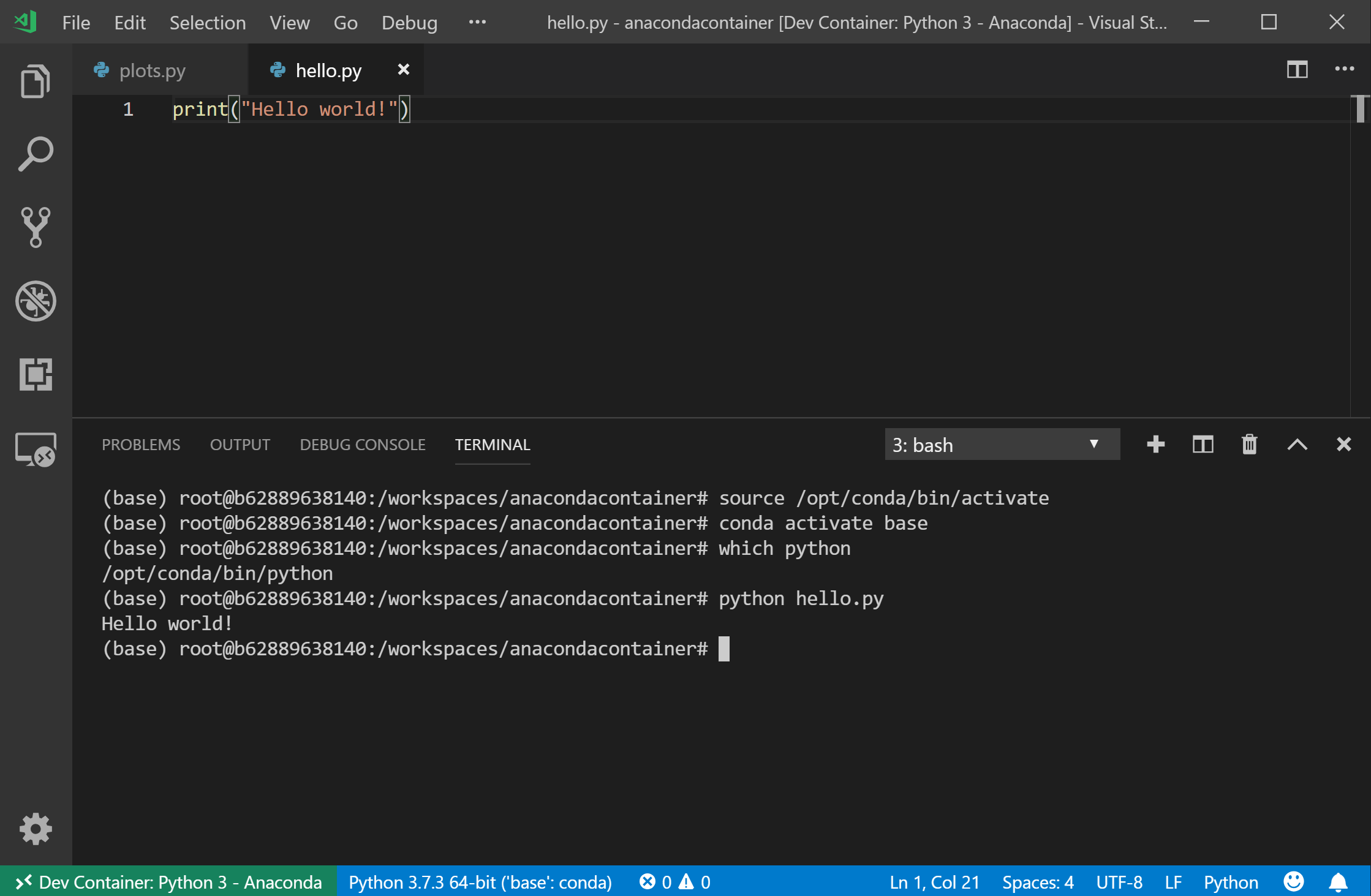

That sets up a new Workspace where I can edit the plugin and the WordPress installation at the same time. In Visual Studio Code, I’ll first open the plugin itself, and then I’ll add the WordPress site by selecting File -> Add Folder to Workspace. I’ll then symlink the plugin I’m working on into a fresh WordPress website in the Sites folder. So I’ll have a Projects folder that has all of the plugins I work on, and a Sites folder that contains all of my sites. In my case, the vast majority of my time is spent on plugin development.

For example, you may not want to use the WordPress Coding Standards on all of your projects, or maybe you work with a team of developers that can’t agree on tabs vs. I like Workspaces because you can create one of them for each project and change any setting or extension in VS Code at the Workspace level. You can think of a Workspace in VS Code as a container for your project – it not only includes your project, but it can include files that your project relies on (your WordPress installation), and any extensions or settings specific to that project. There is a better way though, with the help of VS Code “Workspaces”. One way to do this might be to open that plugin or theme in your IDE and start coding away. Most of the time when coding in WordPress, you’ll either be working on a plugin or a theme. In this article I’ll review some features of VS Code that I love, and show you how to make the most out of it for WordPress dev. VS Code is a free, open source code editor that is lightweight like Sublime Text, but offers many of the same features as bigger IDEs like PhpStorm or WebStorm. You could also try Ctrl + Shift + to display the command palette while you program.If you keep up with the many text editors and developer tools available, you may have heard of Microsoft’s Visual Studio Code. Some of the most useful ones are Shift + Alt + Up and Shift + Alt + Down P, which enable you to copy and paste single lines of code. This will increase your efficiency and aid you in your journey to mastery. There are some essential keyboard shortcuts for Visual Studio Code you should learn. Swipe through the contents displayed on your screen and modify them to your taste. You can also open settings by clicking on the bottom Icon on the vertical panel to the left of your screen and clicking on Settings once a list opens.įollow this up by clicking on Commonly Used, which will be the first item contained in a vertical list slightly to the left of your VS Code menu.

For now, let us stick to the basics.Ĭlick on Settings in the second open tab on your VS Code. The better you get as a programmer, the more you will be able to customize the settings. The developers have taken their time to collate the most frequently used settings to help you enjoy the benefits of VS Code.


 0 kommentar(er)
0 kommentar(er)
